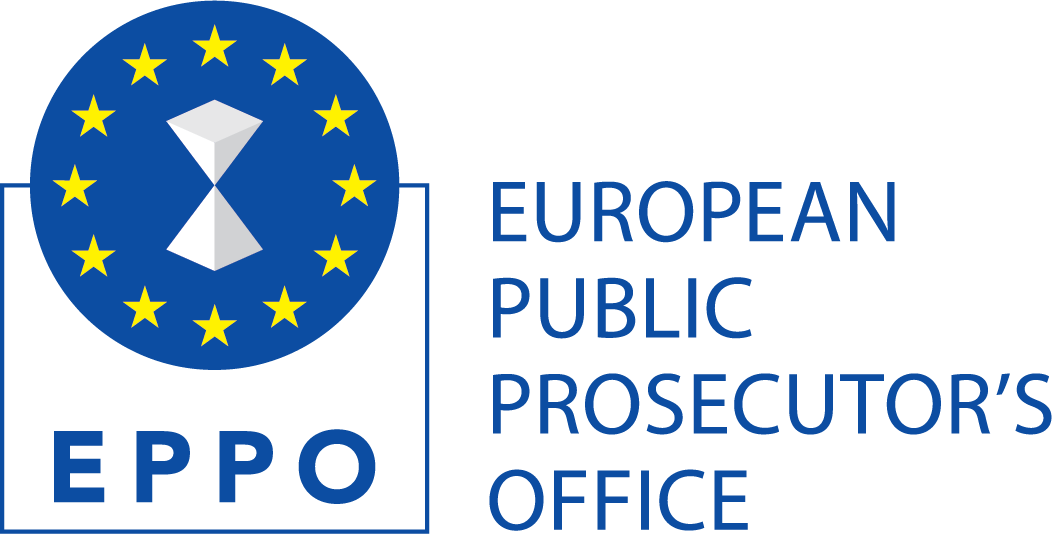
By Milind Tiwari
AML/CTF Specialist PhD, MSc, CFE, CAMS, CCI
Consider a world where the olive oil drizzled on our salads might be funding nefarious activities, and the convenience store around the corner could be a front for money laundering.
It sounds like a plot from a crime novel, yet the reality is closer than we might believe.
The cost of fraudulent activities within the food sector ranges between $40-49 Billion. To put it in perspective, the profits generated from fraudulent activities within the food sector rival those from cocaine trafficking, but with significantly lower risks.
The fraudulent activities within the food sector comprises of a myriad of deceptive practices, from tampering with ingredients to making misleading claims about a product, all in the pursuit of profit.
As these malpractices escalate, they transform into food crimes, comprising of actors with malicious intent to deceive or harm consumers.
Scholars have delved deep into the various facets of food crime, from their motivations to the measures taken to combat them.
Even mainstream media occasionally shines a spotlight on specific instances of food adulteration, such as the recent honey scandal in the UK.
Yet, there exist a significant gap in comprehending the link between food crimes and broader financial crimes, such as money laundering. From manipulating prices of food-products like extra-virgin olive oil to utilizing eateries as fronts for illicit operations, money laundering and other illicit activities finds an easy ally in the food sector.
‘the reliance of food sector on cash transactions and its resilience to economic downturns make it a prime target for illicit actors’
Investigative operations like Provvidenza, Boldo, and Arbequino have underscored the extent of criminal infiltration within this sector. As a result, it becomes critical to pinpoint the reasons why the food sector is so susceptible to exploitation.
Firstly, the reliance of food sector on cash transactions and its resilience to economic downturns make it a prime target for illicit actors.
Additionally, its minimal technological needs, combined with traditional production methods and intense market competition, leaves it vulnerable to unscrupulous practices.
Secondly, the complexities in the food supply chain, with its many participants, often results in a lack of transparency. Such an obscurity provides an opportunity for adulteration, mislabelling, and other fraudulent activities within the sector.
The situation is exacerbated by presence of varied regulatory structures, inelastic demand for certain food products, lack of stringent punishment for food offences, lack of investigative resources, and minimal cooperation across jurisdictions to address cross-border food trade activities
Moreover, cultural, and structural dynamics within the food sector can sometimes encourage fraudulent activities. For instance, in environments where corruption is tolerated, and prices of raw materials are volatile, the temptation to cut cost grows. Similarly, special events and festivals can also spike demand for specific food products, leading to increased malpractice
As a result, several intricacies of food defence, food safety, and supply chain integrity have been examined. Within the financial crime domain, the focus has been on understanding the phenomenon of money laundering and its detection.
‘The food sector also offers money laundering pathways, from distorting food prices to use of restaurants to hide illicit funds’
While the unique channels for money laundering like art and real estate have been explored, the food sector’s dual role in both concealing and generating illicit funds haslargely been overlooked.
There are numerous opportunities to compromise food quality and safety making it easy for the involved actors to make a quick profit.
Moreover, transporting food can sometimes serve as a cover for more sinister cargo, like drugs or weapons. The food sector also offers money laundering pathways, from distorting food prices to use of restaurants to hide illicit funds.
These opportunities are enhanced in times of crisis, like the Covid-19 pandemic, when vulnerable food businesses become easy prey for organized crime groups offering financial support.
This has given rise to the term ‘agromafia’, which denotes criminal activities within the food sector, such as mafia groups safeguarding the production and sale of lemons in Italy. While the organized crime group’s influence within the food sector is widely recognised, corporate entities also indulge in food-related crimes.
Subsequently, a wide array of measures have been proposed to combat the issue. This includes incorporating anti-bribery and corruption training, establishing whistleblowing systems to report wrongdoing, and adopting ethical code of conduct.
Furthermore, emphasis has been placed on enhancing public-private partnerships, sharing intelligence with public food regulators, and engaging in discussions with stakeholders from different sectors, including industry, government, private organizations, and non-governmental organizations.
Additionally, attention has been directed towards the development of detection techniques, such as DNA analysis and mass spectrometry to prevent food crimes. Furthermore, to tackle issues arising from the complex nature of the supply chain, innovative technologies such as blockchain have been implemented.
However, the effectiveness of blockchain in addressing illicit practices within the food sector is hindered by challenges associated with interoperability, lack of regulatory oversight, and scalability, which makes it difficult to connect all the actors involved in the supply chain.
Moreover, the costs involved in maintaining such an infrastructure and participation in blockchain network may be a challenge for small producers wishing to export food products globally. Therefore, global standards for data encryption, infrastructure, and access are required.
Finally, while technology offers solutions, drawing parallels with the art market, it would be worth viewing the food sector from an AML lens.
To conclude, the food sector presents a fascinating landscape where legitimate actors and their associated social or criminal networks converge to take advantage of opportunities that arise within the sector. There exists an imminent need to focus on food sector as a possible money laundering typology to hide the origin of illicit funds, as well as a predicate crime for generating illicit funds.
Future research can focus on integrating insights from financial crime literature to extract insights on various techniques that can be used to launder the illicit proceeds generated from the food sector, which can be used to inform practitioners.
Likewise, assessing the role of virtue ethics and professional judgment, in ensuring ethical and sound decision-making on the part of individuals and organizations engaged in the food business will be critical.
Finally, there is a need to develop appropriate regulations and deterrence mechanisms to shield the food sector from exploitation, addressing a practical knowledge gap.
THE AUTHOR: Milind is a researcher and lecturer in financial crime studies at the Australian Graduate School of Policing and Security, Charles Sturt University.
Milind has an extensive experience in AML investigations pertaining to customer due diligence, enhanced customer due diligence, and transaction monitoring, among others, and has worked for Big 4, namely, KPMG, EY, and Deloitte, in India and Australia. Milind holds a PhD in money laundering from Bond University (Australia), a Master of Science in Finance from University of Manchester (UK), and a Bachelor of Business Administration from Christ University (India).
Additionally, he is a Certified Fraud Examiner (CFE) and a Certified Anti-Money Laundering Specialists (CAMS). As a financial crime academic and researcher, Milind’s work focuses on various facets associated with money laundering, including its detection.
Share this on:
Follow us on:











